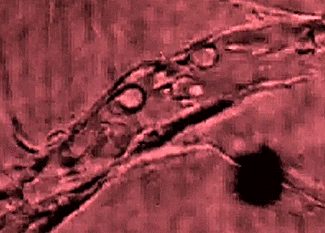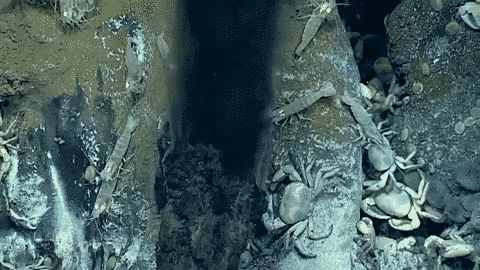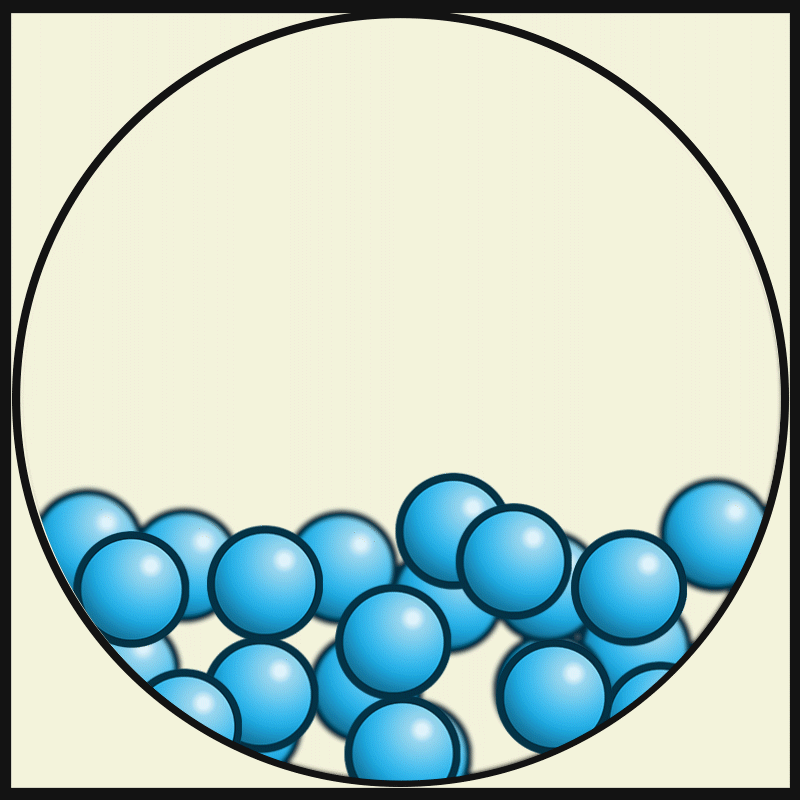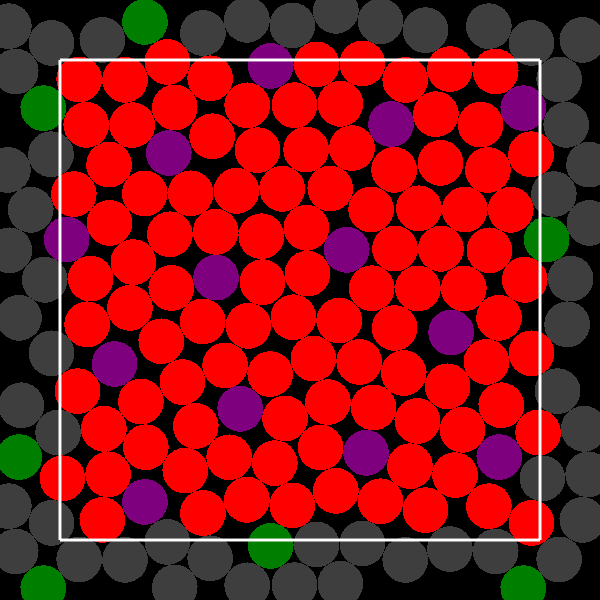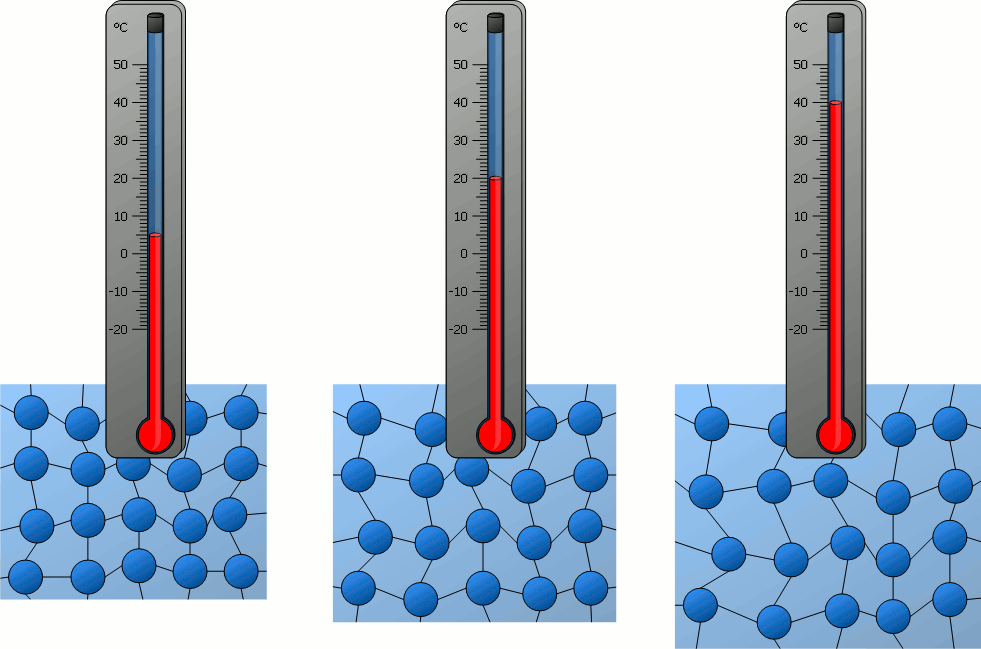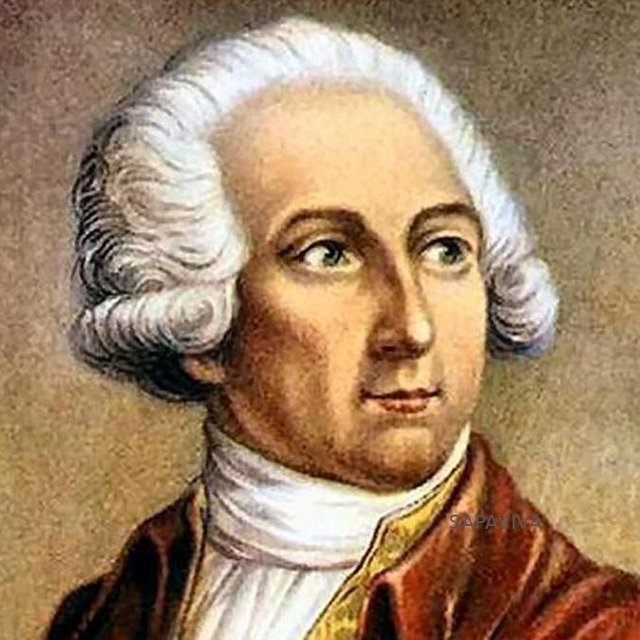Everyone has fun with dry ice! What exactly is that stuff anyway?
A french scientist discovered how to freeze carbon dioxide. The average temperature of dry ice is -109 degrees Fahrenheit. In 1835, Jean-Charles Thilorier learned how to sell it as little white pellets to those who needed something really cold.
Dry ice is so, SO, cold that it "sublimates", meaning it goes from a cold solid directly to a gas. When exposed to air temperature it immediately begins to sublimate.
Sometimes dry ice will appear to look like "snow". The tiny particles of gas are small and can be compacted into chunks or pellets, like above. If you dropped a cube of dry ice into water it sinks. You can make carbon dioxide a liquid, but it has to be put into a high pressure environment. When using dry ice, the gas will sink to the floor because it is heavier than air!
I know a lot of people wish they could play with dry ice more and have lots of questions, so what would happen if you put dry ice in a pool? Watch this! If you watch to the end, the guy drops an X-box in there!
Okay, one more...how about dry ice and LAVA!
Not what I expected, but very satisfying! Well! Dry ice will continue to supply enjoyment and awe for years to come!


















